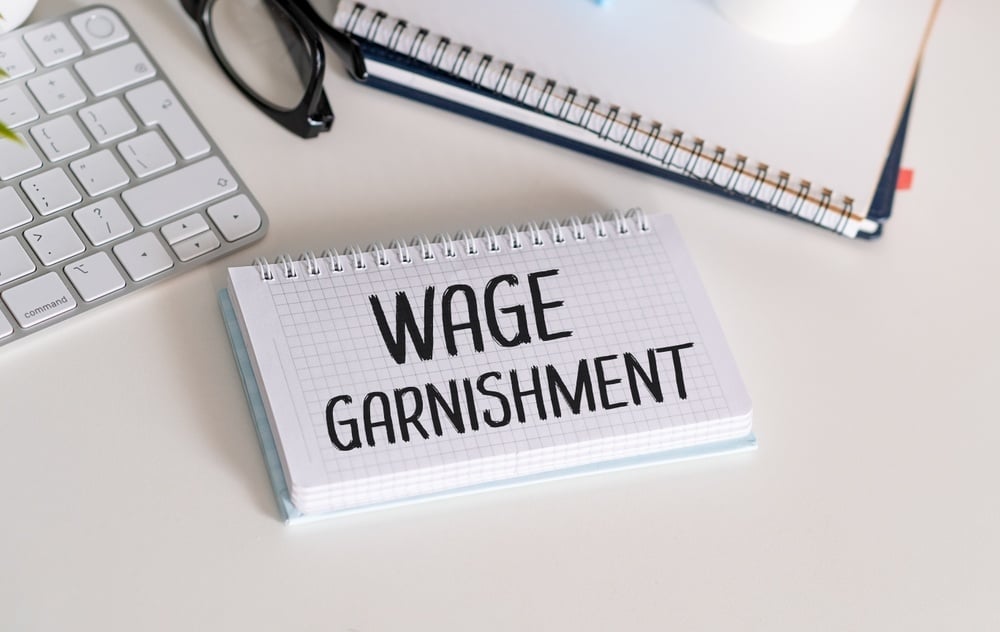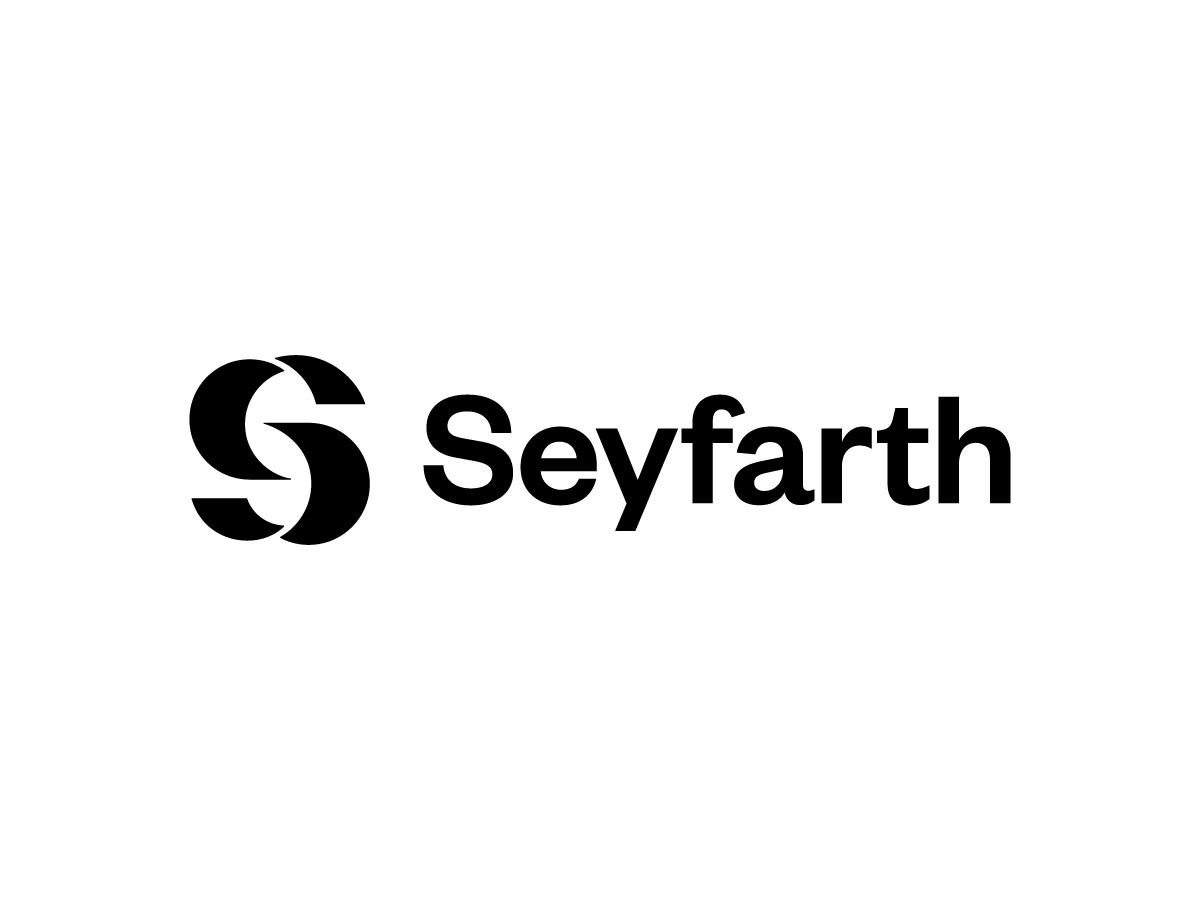How does wage garnishment work in Minnesota?
Wage Garnishment is a legal procedure that allows creditors to collect debts directly from your paycheck before you receive the funds. This process is governed in Minnesota by state laws that ensure creditors can only take what is allowed from your earnings. If you live in Minnesota, and are concerned about wage-garnishment, it is important to understand the process and what protections exist to protect your income. A Minnesota wage garnishment lawyer will explain the legal details, but some background is useful about the types of garnishments that can impact your earnings.
What is Wage Garnishment?
Wage garnishment is a court-ordered method that allows creditors to deduct money directly from an individual’s paycheck. The wage garnishment is governed by state and federal laws to protect the debtor. The amounts are determined based on the federal minimum wage. This action is taken after a court judgment has been entered against the debtor. In Minnesota, wage garnishment is usually done by withholding a portion from your paycheck to pay for debts such as unpaid child support or consumer debts. It’s important for those facing wage garnishment to act quickly. Knowing basics about the garnishment process opens the door to options like negotiating with creditors or filing for bankruptcy, and it may minimize the financial impact on credit reports.
What Are the Rules for Wage Garnishment in Minnesota?
Minnesota has specific rules and limitations in place to protect individuals from excessive wage garnishment. Minnesota law limits wage garnishment to a maximum of 25% of your disposable income. However, if the garnishment is for child support or unpaid taxes, the percentage may be higher.
Before wage garnishment can begin, the creditor must obtain a court order unless the debt falls into certain categories, like child support or tax arrears. Once the court order has been issued, your employer must withhold a portion from your wages to pay the creditor. The federal law, in addition to state regulations determines how much of your wage can be garnished. This ensures that garnishment doesn’t take an unmanageable portion of your income, leaving you unable to cover basic living expenses
Understanding Disposable Earnings
Disposable earnings are an important concept when it comes to wage garnishment in Minnesota. Disposable earnings are the remaining portion of your pay after mandatory deductions such as taxes, Social Security and Medicare. Wage garnishment is based on your disposable earnings and not your gross earnings. For example, if you earn $2,000 per pay period, but only take home $1500 after taxes and mandatory deductions, the garnishment would be calculated using the $1500 in disposable earnings. This ensures that creditors cannot garnish an excessive portion of your paycheck, leaving you with nothing to live on.
Understanding how disposable earnings are calculated is critical if you are facing wage garnishment, as it affects the amount that can be legally deducted from your paycheck. You can challenge a garnishment if you believe that your disposable earnings have been calculated incorrectly. As stated earlier, creditors are only allowed to garnish up to 25% of your disposable income. However, garnishment rules differ when it comes to specific types of debts like child support or tax obligations.
For child support arrears, Minnesota follows federal guidelines, allowing up to 60% of your disposable income to be garnished if you are not supporting another child. If you have another child to support, the maximum amount of child support garnishment is reduced to only 50%. The higher garnishment limit reflects the importance of ensuring that child support payments are made. The IRS and state of Minnesota are allowed to garnish wages to collect unpaid taxes and they do not have the same restrictions that other creditors have. If you owe back taxes, it’s essential to address the issue as soon as possible to avoid high garnishment amounts that could severely impact your finances.
Types of Wage Garnishments
In Minnesota, there are several types of wage garnishments that you might encounter depending on the nature of your debt.
Consumer Debt Garnishments
These garnishments typically occur after a creditor has successfully sued for unpaid debts such as credit card debt, medical bills, or personal loans. After obtaining a judgment, the creditor can garnish up to 25% of your disposable income.
Child Support Garnishments
Child support garnishments are initiated automatically through the courts when payments are overdue. As previously mentioned, up to 60% of your disposable earnings can be garnished if you are not supporting another child.
Government Garnishments
Both the IRS and the state of Minnesota can garnish wages to collect unpaid taxes. Tax garnishments can be a lot more severe than consumer debt garnishments. They are not limited by a percentage and can take up a large portion of your income until you pay off the debt. What Happens After 70 Day of Wage Garnishment In Minnesota?
In Minnesota wage garnishment for consumer loans typically lasts 70 days. After that, the creditor can pursue legal action to recover the remaining balance. After 70 days, the garnishment expires automatically unless a new court order is obtained by the creditor. If the debt remains unpaid, the creditor can reapply for another wage garnishment order to continue deductions from your paycheck.
Additional Legal Actions
If the debt is not fully paid after the 70-day period, creditors may pursue other collection methods such as levying bank accounts or placing liens on property. If the debt is not fully paid after the 70-day period, creditors may pursue other collection methods such as levying bank accounts or placing liens on property. These actions require additional approval from the court but can be taken by the creditor if they believe wage garnishment will not suffice. Filing for bankruptcy may also be an option to stop garnishment and discharge debts.
Exemptions from Wage Garnishment in Minnesota
Minnesota law provides certain protections for workers whose wages are being garnished. These exemptions help ensure that individuals are left with enough income to cover basic living expenses, even while repaying debts.
Basic Income Exemptions
Under Minnesota law, a portion of your earnings is protected from garnishment to ensure you can meet essential needs. If your weekly earnings are below 40 times the federal wage minimum, for example, you cannot garnish your wages. This provides a safeguard for lower-income workers.
Public Assistance Exemptions
If you receive certain types of public assistance, such as Social Security, Supplemental security income, unemployment, or disability benefits, your wages may be exempt from garnishment. These protections ensure that individuals relying on government assistance are not unduly burdened by wage garnishment orders.
Family Support Obligations
While child support payments are often subject to higher garnishment limits, individuals who are supporting additional dependents may be eligible for reduced garnishment amounts. Minnesota courts will take into account your financial situation and your family obligations when determining the garnishment limits. These requests must be submitted to the court for approval.
Filing a Request
: To request a reduction or exemption, you must file a written objection with the court. The court will review the financial situation of the applicant and decide whether to grant an exemption or reduction. The court may consider factors such as your income, family size, and living expenses when making its decision.
Temporary Relief
: If approved, the court may reduce the garnishment amount or temporarily exempt your wages from garnishment. This relief can provide breathing room as you work to manage your financial obligations and avoid falling further behind on other essential bills.
Understanding the Garnishment Summons
A garnishment summons is a legal document that creditors use to begin the garnishment process. It is a formal notice to your bank or employer that a portion or all of your income must be withheld in order to pay a debt. Understanding the details of the summons is essential for protecting your rights.
Receiving the Summons
Once the court approves a garnishment order, the creditor will send a garnishment summons to your employer or bank. You should receive a copy of the summons as well, outlining the details of the garnishment, including the amount to be withheld and the duration of the garnishment.
Responding to the Summons
After receiving the summons, you have a limited amount of time to respond if you wish to object to the garnishment. Minnesota law allows you to challenge the garnishment in court, particularly if you believe the amount being garnished is too high or if exemptions apply to your income.
Employer’s Role
Your employer is legally obligated to comply with the garnishment summons by withholding the specified amount from your paycheck for the relevant pay period. In Minnesota, creditors can also garnish your bank account to collect outstanding debts. This process allows creditors to seize funds directly from your bank account to satisfy a debt, making it critical to understand your rights and protections.
Bank Garnishment Process
: To garnish your bank account, a creditor must obtain a separate court order. Once the garnishment is approved, the creditor will send a garnishment notification to your bank instructing them to withhold funds and freeze your account up to the amount due. Some funds in your account are exempt from garnishment. These include Social Security payments, child maintenance, and unemployment benefits. If your account contains exempt funds, you must notify the court or your bank to prevent those funds from being seized.
Challenging Bank Garnishment
: Just like with wage garnishment, you have the right to challenge bank garnishment in court. If you believe that your account contains exempt funds or that the garnishment is excessive, you can file a motion to reduce or stop the garnishment.
-
Contact a Minnesota Wage Garnishments Lawyer for DetailsUnderstanding the different types of wage garnishments and the rules governing them can help you better manage your debt and protect your income. If you are facing wage garnishment in Minnesota, consulting a bankruptcy attorney may help you explore options like filing for bankruptcy to stop the garnishment and regain financial control.
-
Don’t let wage garnishment disrupt your life. We at LifeBack Law understand the financial and emotional stress wage garnishment can bring. Our experienced attorneys are committed to helping you protect and improve your income. Schedule a free consultation or call 320-252-0330 today and let us guide you through the process.
-
FAQs About Wage Garnishment in MimnnesotaWhat are the rules for garnishment in Minnesota?
In Minnesota, creditors can garnish up to 25% of your disposable income. The amount of disposable income that remains after legal deductions such as taxes is what we call “disposable income”. These limits do not apply to child support judgments. However, these limits don’t apply to child support judgments.
How to stop wage garnishment in MN?
To stop wage garnishment in Minnesota, complete the “Debtor’s Exemption Claim Notice” that you received with the Notice of Intent to Garnish Earnings. This form along with your 60-day bank statements should be submitted to the creditor attorney. Prompt action is key to claiming your exemption.
What happens after 70 days of wage garnishment in Minnesota?
After 70 days, your employer will send the garnished wages to the Sheriff’s Office. If the debt isn’t fully paid, the creditor can request another wage garnishment, starting the process again until the judgment is satisfied.
What is the most they can garnish from your paycheck?
For most debts, such as credit card bills or medical expenses, creditors can garnish up to 25% of your disposable income. Alternatively, they can garnish the amount by which your weekly earnings exceed 30 times the federal minimum wage, whichever is less.
What money cannot be garnished?
Certain types of income are exempt from garnishment. Social Security benefits, child maintenance or alimony payments, as well as workers’ compensation are protected funds. These types of income cannot be taken to satisfy most debts.
Is there a way around wage garnishment?
If wage garnishment prevents you from covering basic living expenses, you can ask the court to reduce or stop the garnishment. The court may lower the garnishment amount if it proves too burdensome for your financial situation.








